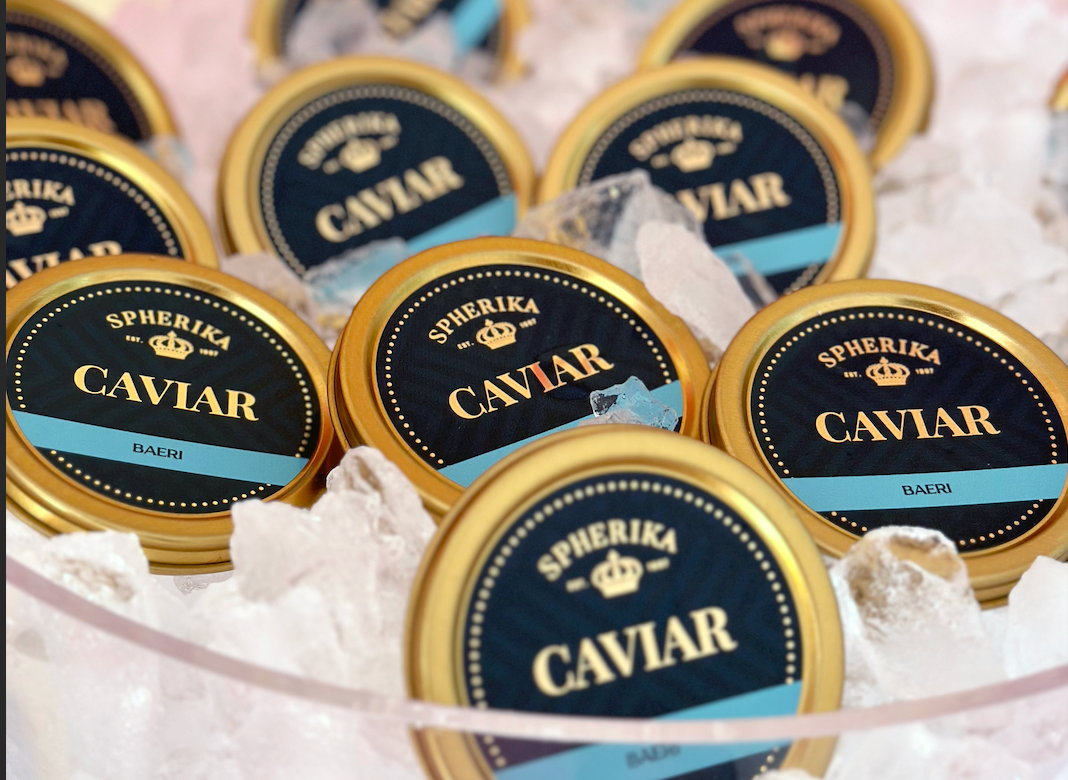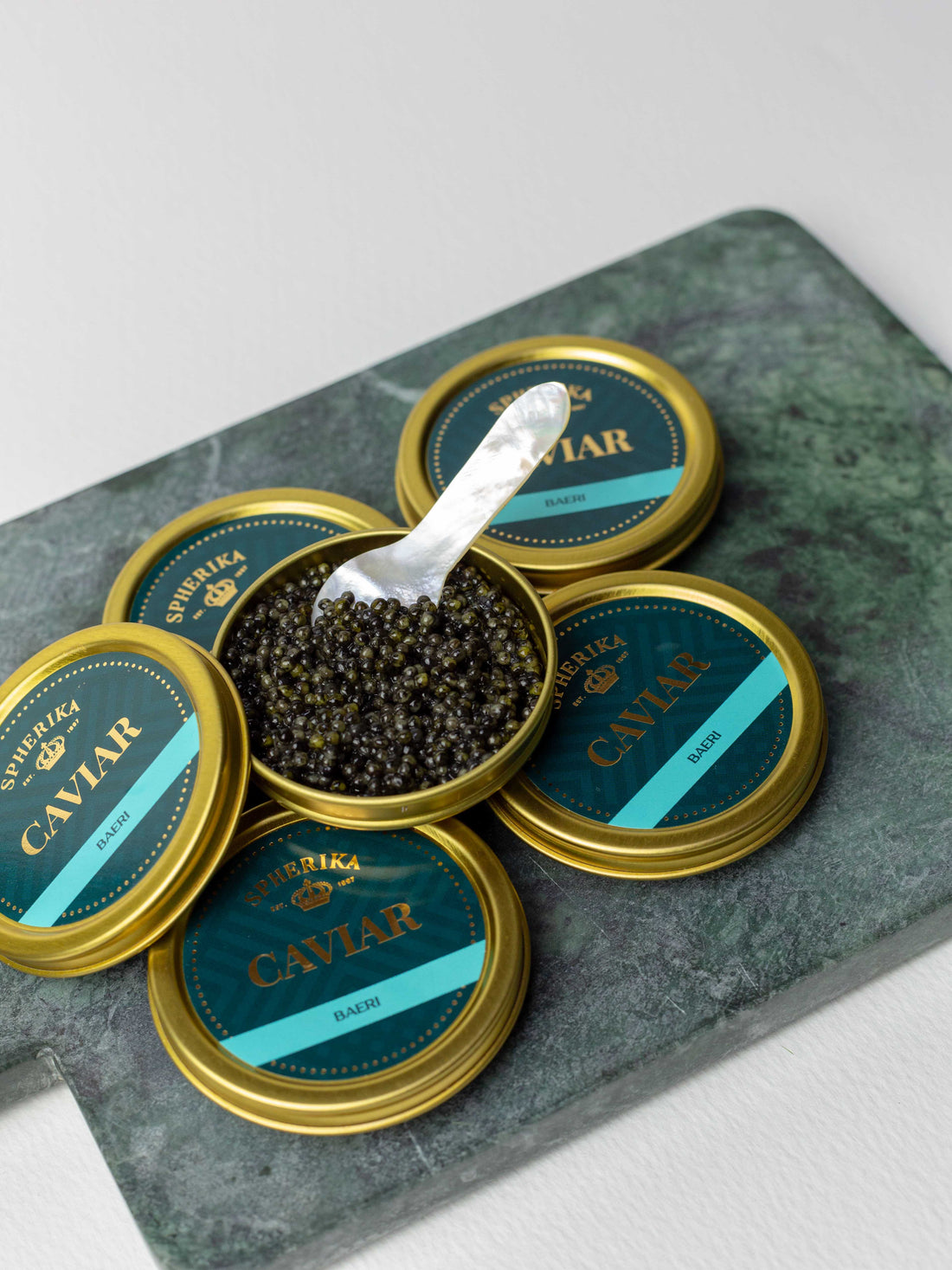Caviar, those tiny pearls of exquisite flavor, has long been a symbol of luxury and sophistication in global gastronomy. Although it may seem intimidating to those who have never tried it, tasting caviar is a unique sensory experience that everyone should have the opportunity to enjoy. This article aims to guide beginners through the fascinating world of caviar, offering essential tips to fully appreciate this delicacy.
Understanding Caviar Caviar refers to the unfertilized eggs of the sturgeon, a fish primarily found in the Caspian Sea and the Black Sea in the wild. As a result of environmental pollution and overfishing due to high demand for caviar, sturgeon farming has developed strongly since the ban on captures in their natural habitat.
Thanks to this, there is now greater availability of caviar, allowing everyone to enjoy this delicacy.
Tips for Tasting Caviar
-
Ideal Temperature Caviar should be served cold, at a temperature of about 8 degrees Celsius. It can therefore be taken out of the refrigerator a few minutes before serving. However, too high a temperature can affect its delicate flavor, so it is recommended to serve it by placing the tin in a caviar server or small bowl filled with crushed ice to maintain its freshness and texture.
-
Use of Proper Utensils Avoid using metal spoons as they can alter the taste of caviar. Opt for spoons made of mother-of-pearl, bone, wood, or glass.
-
Quantity and Service For a tasting, a quantity of 20 grams per person is sufficient. Serve the caviar alone or with simple accompaniments such as blinis, chopped hard-boiled eggs, and sour cream to not overshadow its flavor.
-
Tasting Technique Place a small amount of caviar on the back of your hand, between your index finger and thumb, to temper it and release its aroma. Pick it up with your tongue and let it dissolve and melt, releasing all its flavor in your mouth. Enjoy it slowly to appreciate its complexity and do not chew it.
-
Pairing with Beverages Caviar pairs wonderfully with certain beverages. Brut champagne or dry white wines are foolproof choices. For a more traditional experience, try cold vodka, which cleanses the palate between bites without masking the flavor of the caviar.
Buying Caviar
-
Choose Trusted Suppliers Buy caviar from reliable sources that guarantee its quality and freshness. Specialized stores and reputable online suppliers with refrigerated logistics are excellent options.
-
Look at the Labeling Make sure to read the labels to understand the origin, type of sturgeon, and expiration date. This will help you choose a quality product.
-
Proper Storage Once purchased, caviar should be stored in the refrigerator and consumed within a couple of days to ensure its freshness.
Ethical and Sustainable Aspects
With growing concerns about sustainability and ethics in food, it is important to consider these issues when buying and consuming caviar. Opt for caviar from sustainable farms that practice responsible sturgeon farming and contribute to the conservation of these endangered species. Origin is also important. By choosing Spanish-origin caviar, you contribute to reducing the carbon footprint.
Conclusion
Tasting caviar is an experience that goes beyond the simple act of eating; it is an art that engages all the senses. By following these tips, beginners can immerse themselves in the world of caviar with confidence and appreciation. Whether enjoying it alone as a treat or on a special occasion, caviar offers an exquisite and memorable culinary journey.
Exploring the world of caviar is opening the door to a luxury gastronomic experience, one that promises to delight and surprise even the most discerning palate. Enjoy the journey!



